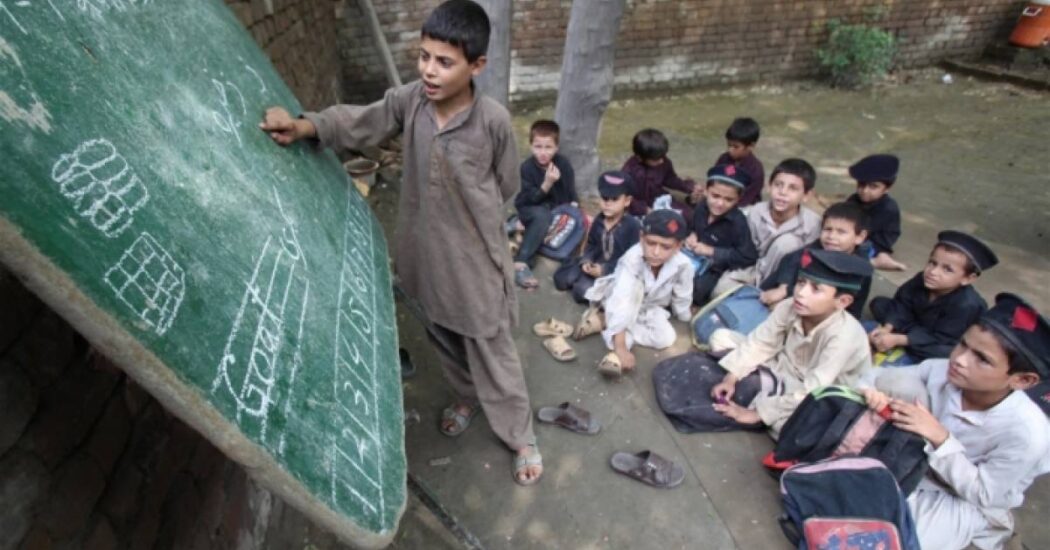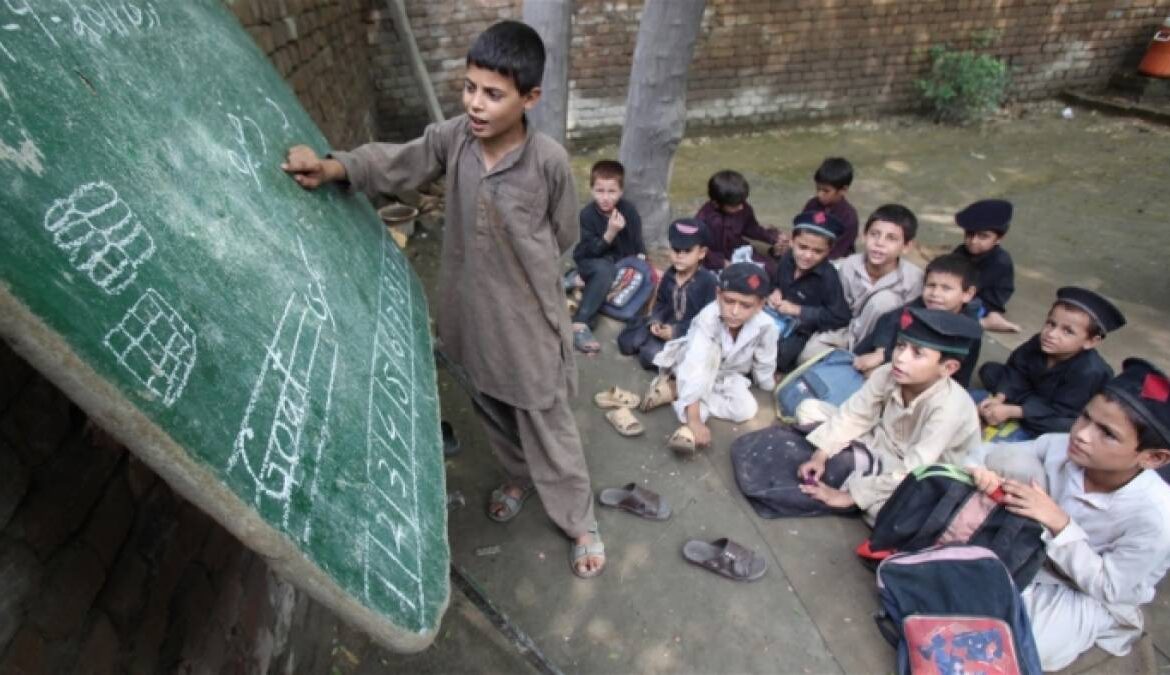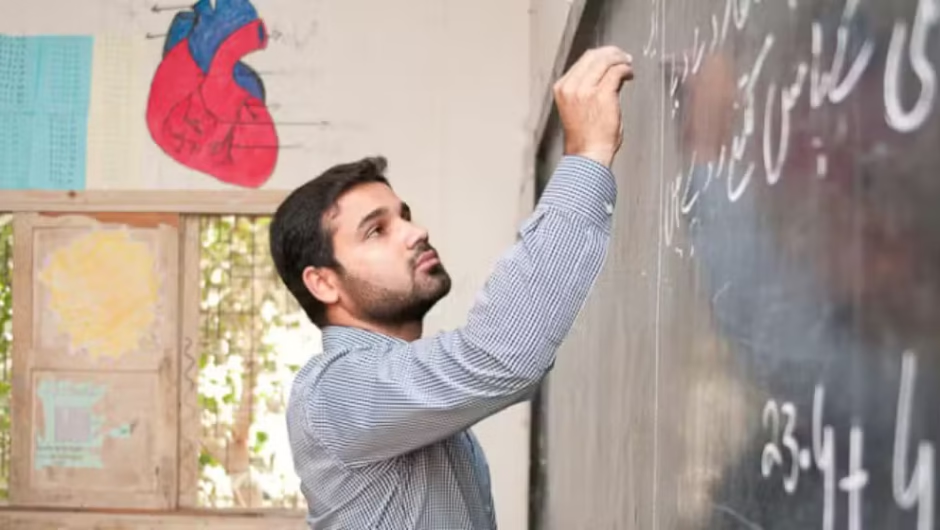
Pakistan’s education system is far behind other countries for a variety of reasons. One major issue is a lack of funding for education. The government of Pakistan allocates a very small portion of its budget to education, which means that schools and universities do not have the resources they need to provide quality education.
Another issue is a shortage of qualified teachers. Many teachers in Pakistan do not have the necessary qualifications to teach, and as a result, students are not receiving a proper education. This is especially true in rural areas, where many teachers are not properly trained.
The curriculum in Pakistan’s schools is also outdated and not in line with the needs of the modern world. Many students are not learning the skills they need to succeed in today’s globalized economy.
Another issue is the lack of emphasis on science, technology, engineering and math (STEM) education. Pakistan needs to focus more on STEM education in order to keep pace with the rest of the world and to develop a strong economy.
Additionally, there is a lack of infrastructure in many schools and universities, which makes it difficult for students to learn in a safe and comfortable environment. Many schools do not have basic facilities like electricity and running water, and classrooms are often overcrowded.
Lastly, the socio-economic disparity in Pakistan also plays a role in the education system being behind other countries. Many children from low-income families do not have access to education, which exacerbates the socio-economic divide.
All these factors combined contribute to the poor state of education in Pakistan and make it difficult for the country to compete with other nations in terms of education. However, with proper funding, qualified teachers, updated curriculum, emphasis on STEM education and addressing the socio-economic disparities, Pakistan can improve its education system.
Topics #Breaking #Education #featured #Government Pakistan #Infrastructure #News #Pakistan #trending pakistan #Updates




